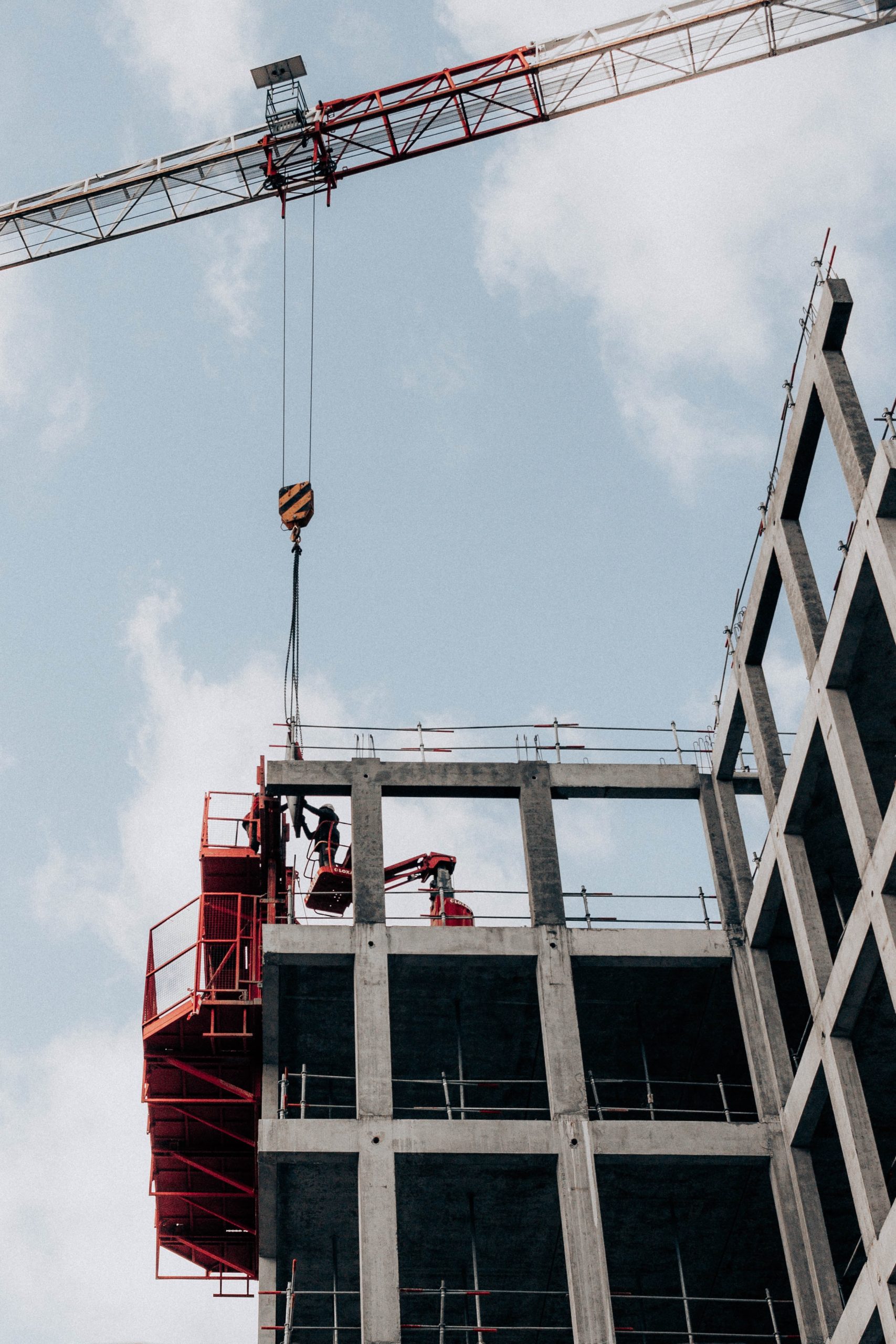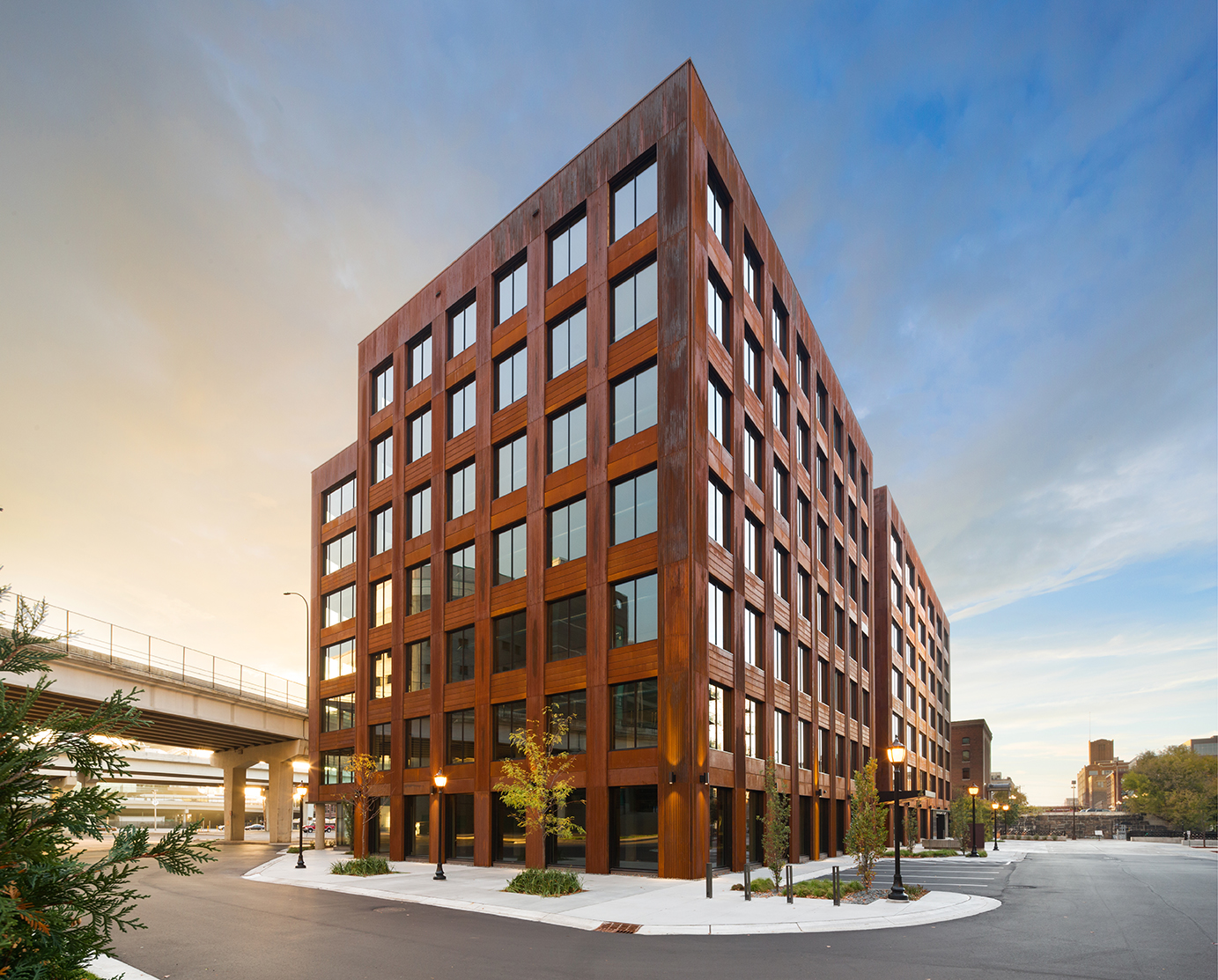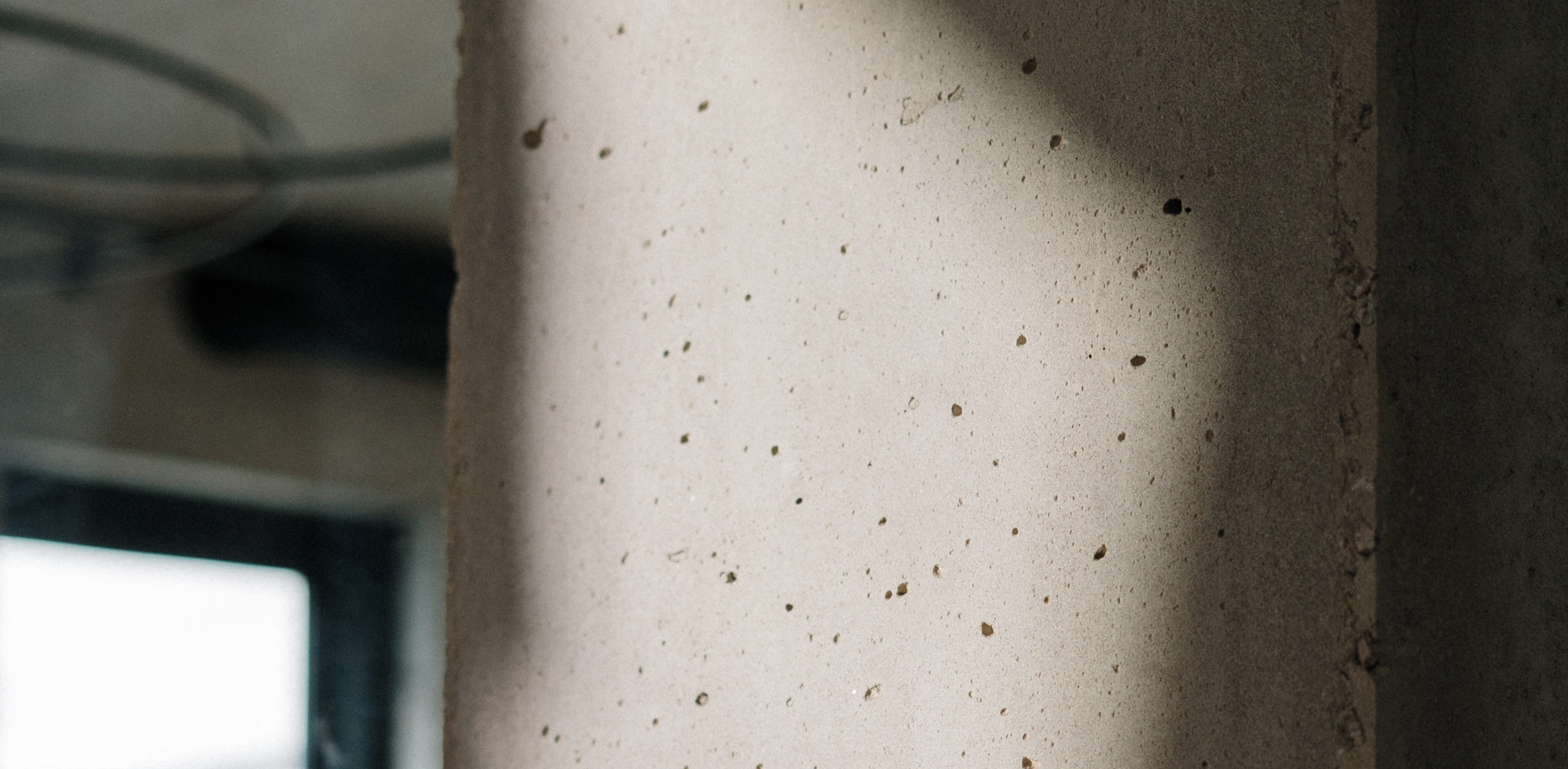Architizer is thrilled to announce that the 2026 A+Product Awards is open for submissions! The clock is ticking — get your products in front of the AEC industry’s most renowned designers by submitting today.
Some architects have been aware of our industry’s addiction to carbon for many years; however, it was only in early 2019 that knowledge of the devastating effects of architecture and construction’s love affair with concrete became widespread and mainstream. As a result, pressure is rapidly mounting for designers to rethink the materials they champion in their projects. In response, the material industry is also responding by investing in research and development.
In 2020, the Global Cement and Concrete Association (GCCA) released a groundbreaking public commitment to transform how concrete is produced and consumed. Their Climate Ambition Statement proclaimed the industry’s ambitious commitment to cutting emissions by 25% in the next ten years and reaching carbon neutrality by 2050 (notably, this goal is to be achieved without offsetting emissions). Composed of 40 of the biggest producers worldwide, the GCCA comprises around 80% of the industry outside China, meaning that they are responsible for roughly 8% of global carbon dioxide emissions.
The GCCA’s stated goal of cutting emissions by one quarter in the next decade is projected based on existing technologies; however, the journey to carbon neutrality between 2030 and 2050 looks to carbon capture and storage — technologies that are very much in the development stage at present. While optimistic observers might argue that this is visionary, realists remain concerned that these technologies are not yet in widespread use.
 For lovers of Brutalism who are uninitiated to concrete’s carbon cost, the issue with the material is twofold, and the use of cement is primarily to blame. On the one hand, 60% of emissions come from the limestone heated to produce Portland cement clinker, emitting substantial quantities of CO2 in the process. On the other hand, CO2 is also produced by the fuels used to heat that limestone, which must reach a temperature of 815 degrees Fahrenheit (1,500 degrees Celsius) to make cement.
For lovers of Brutalism who are uninitiated to concrete’s carbon cost, the issue with the material is twofold, and the use of cement is primarily to blame. On the one hand, 60% of emissions come from the limestone heated to produce Portland cement clinker, emitting substantial quantities of CO2 in the process. On the other hand, CO2 is also produced by the fuels used to heat that limestone, which must reach a temperature of 815 degrees Fahrenheit (1,500 degrees Celsius) to make cement.
Meanwhile, the question — which also lingers in the shadows of broader discussions about climate justice and social change — remains: Without government regulation, are individual and corporate initiatives powerful enough to solve the crisis on their own? Indeed, while the GCCA producers’ pledge is admirable, many members in the industry argue that it would be better if countries themselves put a price on carbon and develop policies to help speed up the transition. In fact, there are several cases where the national policies currently in place are actually hampering industry development.
Take, for example, the desire to switch to cleaner fuels to heat the cement kiln. While renewables, electricity and hydrogen are all viable options, in places where these industries are not well developed or have not been invested in by the government, some companies see potential in swapping fuel for non-hazardous secondary materials(NHSMs) that would otherwise go to the landfill (releasing methane as they decompose there). These might include non-recycled paper, wood, agricultural waste, plastics and fibers. However, government regulation blocks the use of alternatives by limiting those labeled as “recovered material” or a “recovered resource,” meaning that even those that are safer to burn than to put in landfills are not exempt.
These restrictions are also hurdles for transforming another crucial part of the kiln process, where the reaction between the lime and the clay produces the clinker. Once mixed with gypsum and ground into a powder, this material becomes the industry standard for Portland cement. Add water and sand to this mixture and you will have concrete. Again, because carbon emissions are mainly concentrated to the part of the process where clinker is produced, many have sought to limit their use of clinker by upping the ratio of add-ins such as slag and calcined clay. Fly ash, a byproduct of making clinker, is another potential add-in that currently ends up in landfills instead. Government regulations also deter this.
Over the past two decades, the cement industry worldwide has already minimized its use of clinker by upping the ratio of substitute ingredients, from 90 percent in 1990 to nearly 65 percent today. How much more can they limit before the mixture can no longer be considered concrete?

T3 Minneapolis by MGA | MICHAEL GREEN ARCHITECTURE, Minneapolis, MN | Photo by Ema Peter Photography | This office building marked a milestone for mass timber construction in the United States.
Of course, architects are increasingly aware that they must devise designs that use less concrete, whether by finding alternatives or using concrete printing and other digital aids to ensure that concrete is not wasted during the construction process. While it is very much possible to build large-scale structures using different materials — if anything, creative alternatives are reinvigorating age-old typologies — is there any way that architects will avoid a messy breakup with one of their most beloved materials?
Aside from the establishment (GCCA), newcomers to the concrete industry arrive with optimism and hope. LC3 is a formula wherein clinker is slashed by nearly half, favoring calcinite clays and limestone instead. Not only are both widely available, but the resultant mixture requires much lower cooking temperatures, therefore using less fuel than traditional recipes for cement. Taken together, these two benefits are estimated to shave up to 30 percent off its carbon footprint when compared to Portland cement.
Meanwhile, research and development are mounting for new ways of producing concrete. The goal is not simply to limit the carbon co-produced alongside cement but, rather, to engineer a material that completely offsets its carbon cost: a concrete that is completely carbon-neutral — or even carbon negative. Companies like CarbiCrete and CarbonCure, both based in Canada, are among the more widely known names given to recipes that absorb CO2 as they harden. While the former replaces cement with waste slag from the steel industry using carbon captured from industrial plants, the latter injects captured CO2 emissions into fresh concrete so that it mineralizes. A similar process has been developed by researchers at UCLA: CarbonBuilt has devised a way to reduce concrete’s carbon footprint of concrete by more than half. Meanwhile, the New Jersey-based Solidia swaps out water for carbon in the curing process; it then mixes with a special cement that is low in lime.
All of this research sounds incredibly promising, and should give designers, Brutalism enthusiasts and environmental advocates alike some cause for optimism. So, aside from regulations, what is holding the industry back?
Firstly, as most architects have witnessed in their studies of Modernism’s material experimentations, innovative architectural materials are excellent, but when they are new, it is almost impossible to know how they will hold up in the longterm. For architects working on limited budgets, meanwhile, these alternatives are more expensive than traditional recipes for concrete. They also require controlled environments for their respective curing processes, meaning that they are only useful for precast parts; pouring foundations and cast-in-place concrete are not yet possible. Meanwhile, the facilities for producing the material do not yet exist at commercial scale.
All of this means that even if there is uptick in demand, it isn’t clear that the industry could keep up. For instance, the recipe for CarbiCrete relies on steel’s byproduct, slag. At present, the industry only produces 250 million tonnes annually— a small fraction of the four billion tons of cement that the globe consumes each year. Likewise, without a clear demand for the products, it remains risky for established producers to shake up their established cement-making and concrete curing processes. Indeed, even though a few established producers dominate the global concrete industry, heavy investment and financial support will be required in order to achieve the large scale transformation of industrial facilities required support carbon capture and storage. Meanwhile, industry standards and government regulations have been formed around these key players and the processes that they have relied upon over the past century. When it comes to initiating systemic change, discussions about decarbonization can feel a bit like a chicken-or-the-egg.
And, yet, hope remains. Since 1994 the Carbon XPRIZE has awarded prizes for industry-changing technologies that “bring us closer to a better, safer, more sustainable world.” In 2021, CarbonCure Technologies and CarbonBuilt each earned $7.5 million in through global competition. CarbonCure has also secured investments from Amazon and Microsoft. Over 300 plants around the world have already installed their technology, meaning that the Canadian company is well on its way to achieving its mission of reducing “500 million tonnes of CO₂ from the built environment annually by 2030 — equivalent to taking 100 million cars off the road each year.”
As the climate crisis accelerates and the world continues to (unequally) experience its devastating impacts, at the same pace, the need for industries to transform becomes increasingly dire. Architects, the concrete industry and governments alike have all identified the problem with concrete, and we now have the awareness and technology to solve the problem. Now, we need substantial investment, regulation and cooperation between different stakeholders to implement these solutions on a consequential scale.
Architizer is thrilled to announce that the 2026 A+Product Awards is open for submissions! The clock is ticking — get your products in front of the AEC industry’s most renowned designers by submitting today.




